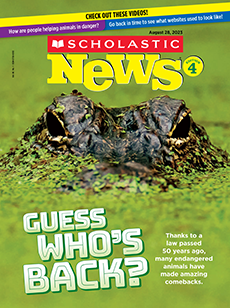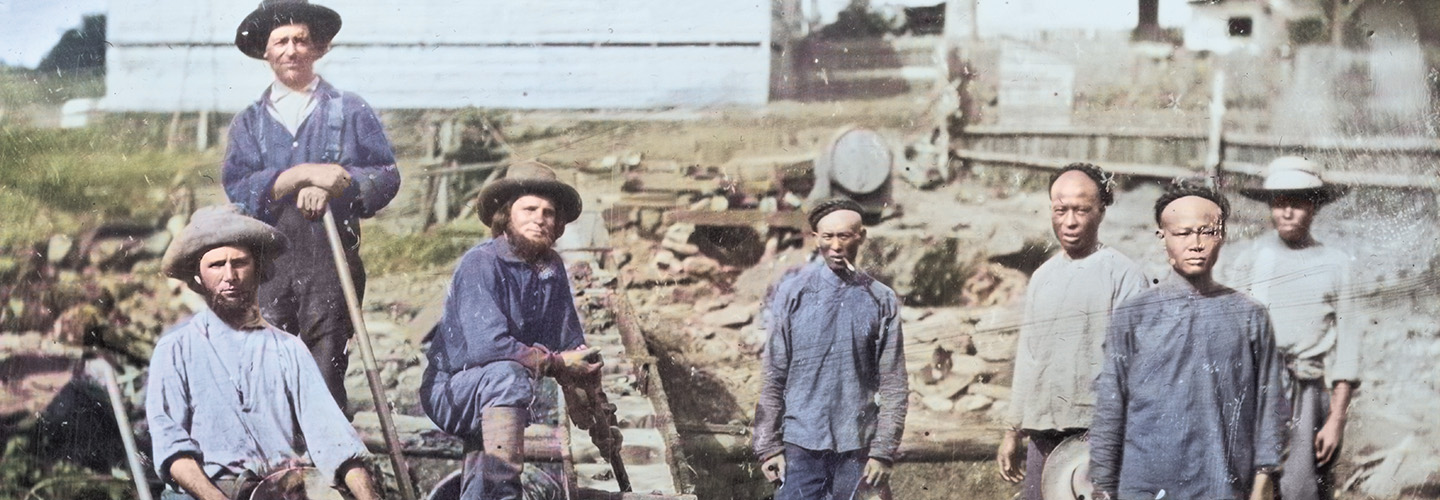Something small and shiny sparkled in the water, catching the eye of James W. Marshall. It was January 24, 1848. The carpenter was working at a site called Sutter’s Mill. He was building a sawmill on the American River in what is now Coloma, California.
“It made my heart thump, for I was certain it was gold,” Marshall later wrote.
Soon he spotted another golden pebble. His discovery set off the California Gold Rush—and changed the United States forever. It led to the largest migration in the country’s history up to that point.
“When people learned that gold was available for the taking in California, many thousands traveled there from all over the world,” says historian H.W. Brands.
Something small and shiny sparkled in the water. It caught the eye of James W. Marshall. He was a carpenter. It was January 24, 1848. Marshall was working at a site called Sutter’s Mill. He was building a sawmill on the American River in what is now Coloma, California.
“It made my heart thump, for I was certain it was gold,” Marshall later wrote.
Soon he spotted another golden pebble. His discovery set off the California Gold Rush. It changed the United States forever. The Gold Rush led to the largest migration in the country’s history up to that point.
“When people learned that gold was available for the taking in California, many thousands traveled there from all over the world,” says historian H.W. Brands.

